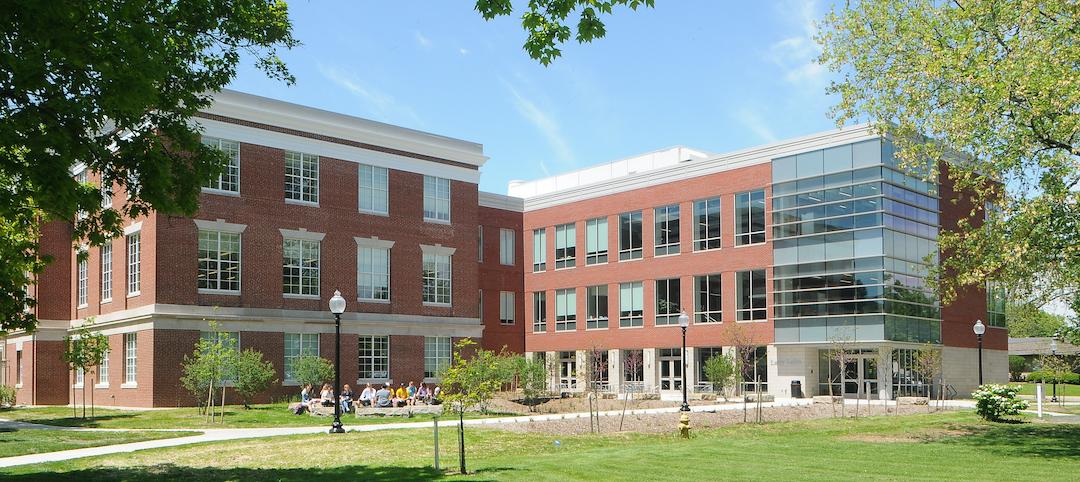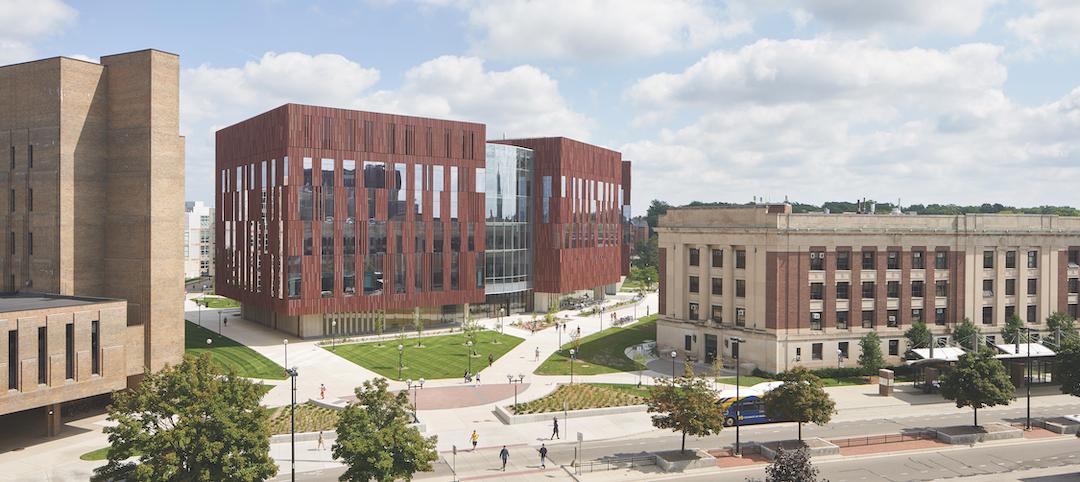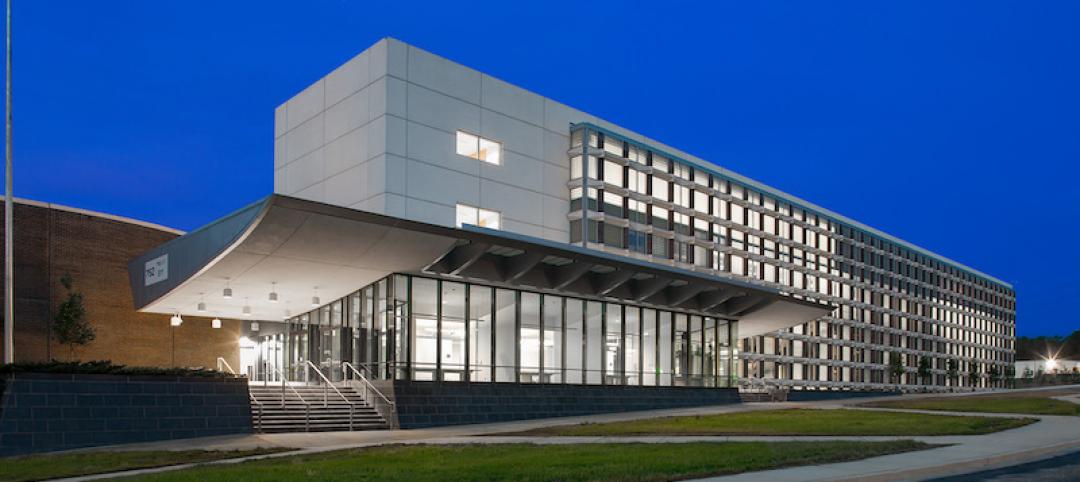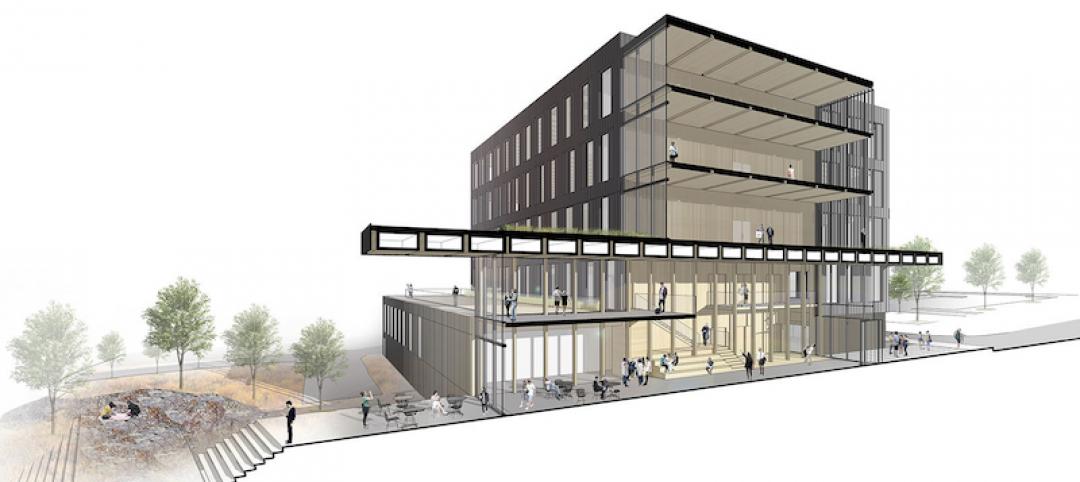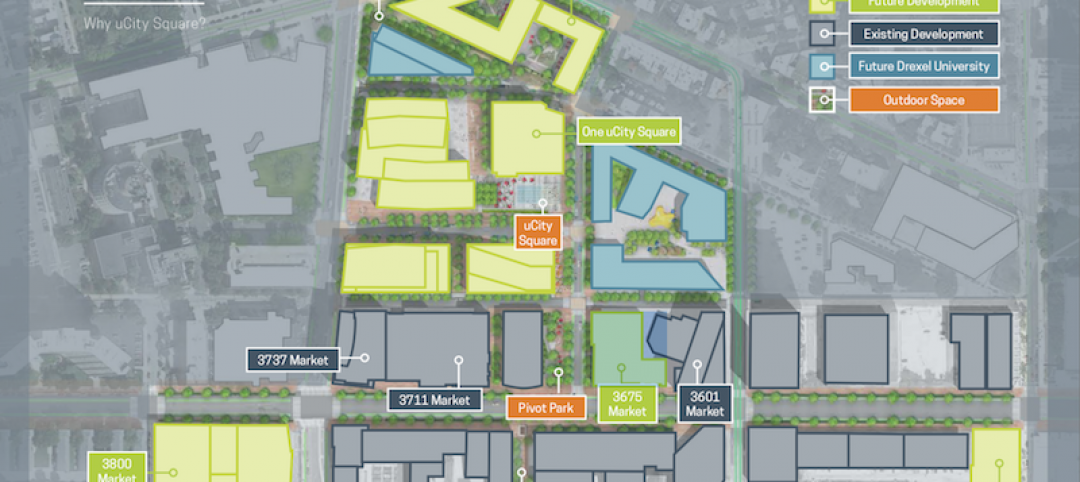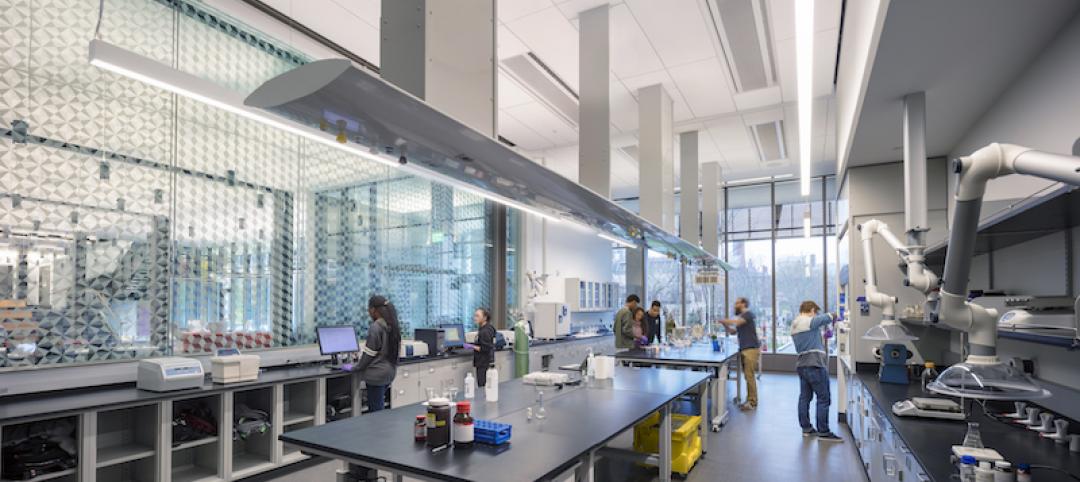The mushrooming global demand for lab space has prompted AEC firms and their developer clients to rethink how science buildings can be designed and constructed quicker and efficiently.
These buildings need “to be optimized for a tenant; concerns about vibration, ventilation, containment, and specialized equipment go beyond the scope of traditional workplaces,” wrote Chad Yoshinobu, AIA, LEED BD+C, Design Director, and a global leader in Gensler’s science practice in Seattle.
Enter NEXT, a prototype that Gensler and the engineering firms Buro Happold and KPFF have developed, with performance metrics backed up by data.
The research project was funded by Gensler Research Institute, and was designed on the specific site within Seattle’s Uptown Arts District to be 250,000 sf and eight stories tall. The project had three goals: to make this space more than just a container for people, to increase product differentiation for competitive marketing, and to offer solutions that prioritize decarbonization as a method of resilience.
Mass timber was a seminal building material for this project, mainly because it is well-suited to off-site modular construction at a nearby factory and can be delivered as a kit of parts, explained Yoshinobu.
“This approach would be 30 percent faster and 10 percent cheaper to construct than a conventional concrete building,” he estimated. With 85 percent fewer deliveries to the site and a 75 percent reduction in construction waste, NEXT emits 80 percent less carbon to build than a conventional concrete lab building. This amounts to a savings of approximately 5,200 total metric tons of CO2.
NEXT deploys an all-electric heat pump chiller (EL1) system that Gensler stated is more efficient than a natural gas system in all locations and sectors. All-electric systems result in lower building Energy Use Intensity (EUI) in all markets and achieve zero carbon emissions on a clean grid. In total, NEXT produces 50 percent less greenhouse gas emissions and uses 30 percent less energy annually than a conventional lab building.
FLEXIBLE LAYOUT
Lab benches and vibrations in the floor plate typically determine a lab space’s layout. The NEXT team created a grid at 33 by 33 ft, which Yoshinobu contended is “optimal” for a lab bench layout because of the flexibility it affords tenants to orient the benches as they see fit. The building core is moved from the center to the side of the building, allowing tenants more layout flexibility with far fewer obstructions.
The size of this grid in mass timber doesn’t work well with vibration. “So we partnered with our engineering partner KPFF to make it work,” said Yoshinobu, to achieve a vibration of 6,000 MIPS, a go-to standard for most lab buildings, by implementing a structural frame that acts as an ecosystem between the size of the columns, girders, beams, CLT floors, and concrete topping slab.
CONNECTING WITH OUTDOORS AND COMMUNITY
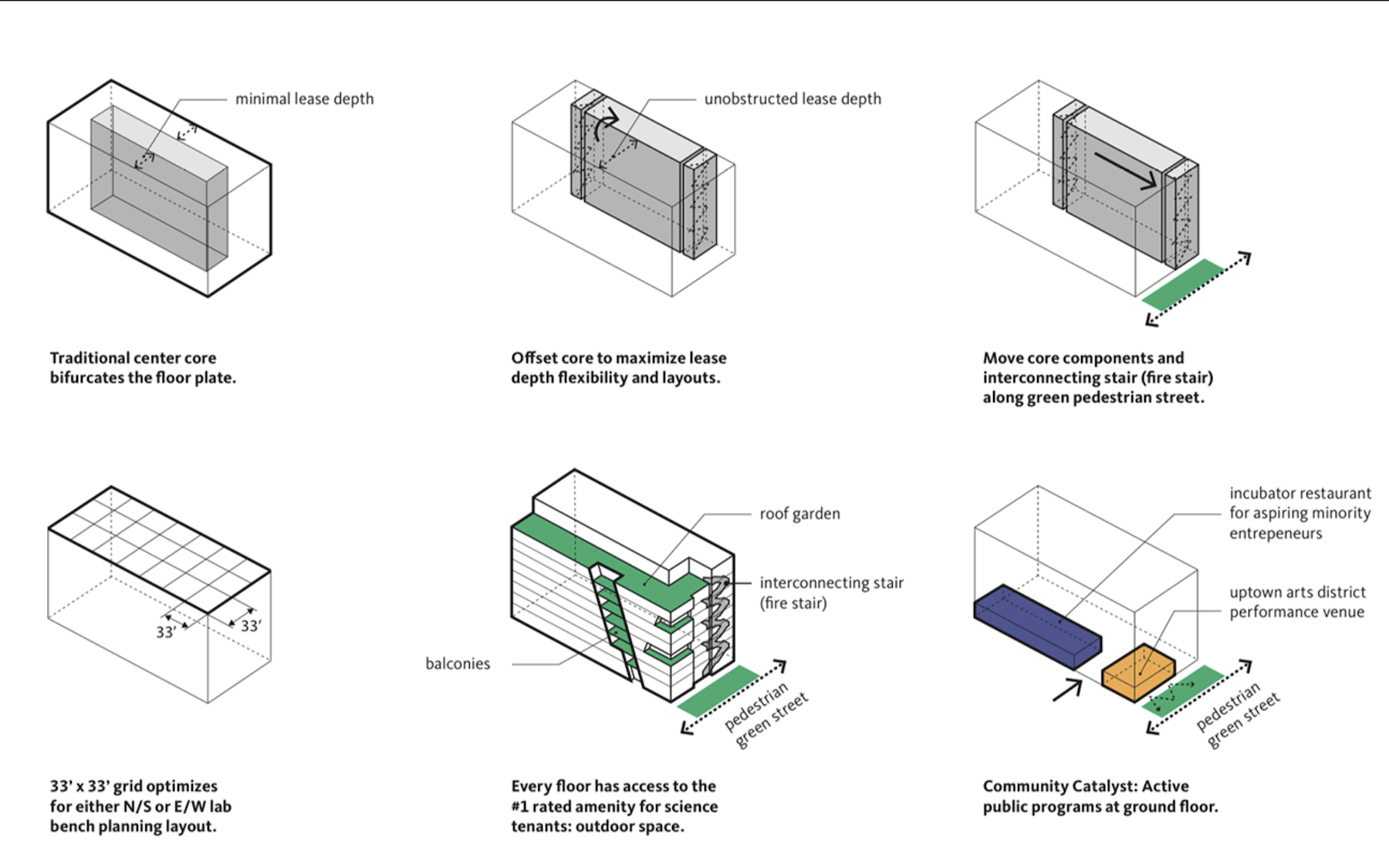
NEXT also places a premium on natural ventilation and outdoor spaces. Multiple operable windows give the workplace more access to fresh air. Seattle’s temperate climate is conducive to natural ventilation, and NEXT is designed so more than one-third of total occupied work hours can be in natural ventilation mode. That leads to energy savings of 30 percent compared to a conventional lab building.
According to the latest Gensler U.S. Workplace Survey, science workers ranked outdoor space as their top workplace amenity. Each floor of the NEXT concept has direct access to outdoor spaces. The building’s fire stair has been turned into a wellness amenity, too, by moving it to the perimeter, and flooding the stairwell with daylight and views. The stair is also an alternative to using elevators.
This multipurpose venue was created in partnership with the Uptown Arts and Cultural Coalition to provide flexible spaces for young musicians, art education, theater, and practice/performance space. The restaurant incubator gives minority entrepreneurs the opportunity to launch their businesses, while a shared kitchen space allows for multiple food venues to enhance the neighborhood food scene. “These efforts will create more cultural diversity within the Uptown District,” wrote Yoshinobu.
He told BD+C that since releasing its research findings, Gensler has received calls from clients and developers “asking us to explore the attributes of this idea on their particular sites.”
Related Stories
Laboratories | Jun 24, 2020
CDC set to build the most advanced high containment laboratory in the country
Flad Architects, Page Southerland Page, and WSP will plan, program, and design the HCCL.
University Buildings | Jun 3, 2020
Renovation can turn older university buildings into high-performing labs
David Miller of BSALifeStructures offers technical advice on renovation of college and university laboratories and scientific research facilities.
Giants 400 | Aug 13, 2019
2019 Science + Technology Giants Report: Operational flexibility is a must for S+T buildings
The science and technology (S+T) sector is arguably the industry’s most complex because it caters to a diverse clientele with specific priorities and imperatives, according to Building Design+Construction's 2019 Giants 300 Report.
Laboratories | May 21, 2019
Georgia Tech Research Institute adds 350,000 sf of specialized tech facilities
McCarthy Building Companies with Flad Architects acted as the design-build team.
Laboratories | Apr 23, 2019
Translational health science environments: 6 strategies for open innovation and knowledge transfer
Simply putting researchers and clinicians in the same building with hopes that serendipitous collaborations will ensue will often not yield the outcomes organizations seek.
Sustainable Design and Construction | Apr 9, 2019
One of the largest zero-carbon, net-zero buildings is rising in Spokane
Catalyst will be part of an innovation hub, with Eastern Washington University as its main tenant.
Laboratories | Apr 1, 2019
The Karolinska Institute’s new laboratory building
C.F. Møller Architects designed the building.
| Mar 21, 2019
Preserving Edison's "Corporate" R&D Lab in West Orange, N.J.
Report on Thomas Edison's West Orange, N.J., Laboratory.
Mixed-Use | Oct 25, 2018
Philadelphia’s uCity Square kicks off major expansion drive
This innovation center has several office, lab, and residential buildings in the works.
University Buildings | Jul 5, 2018
Brown University’s Engineering Research Center increases the university’s School of Engineering lab space by 30%
KieranTimberlake designed the facility and Shawmut Design and Construction was the general contractor.




